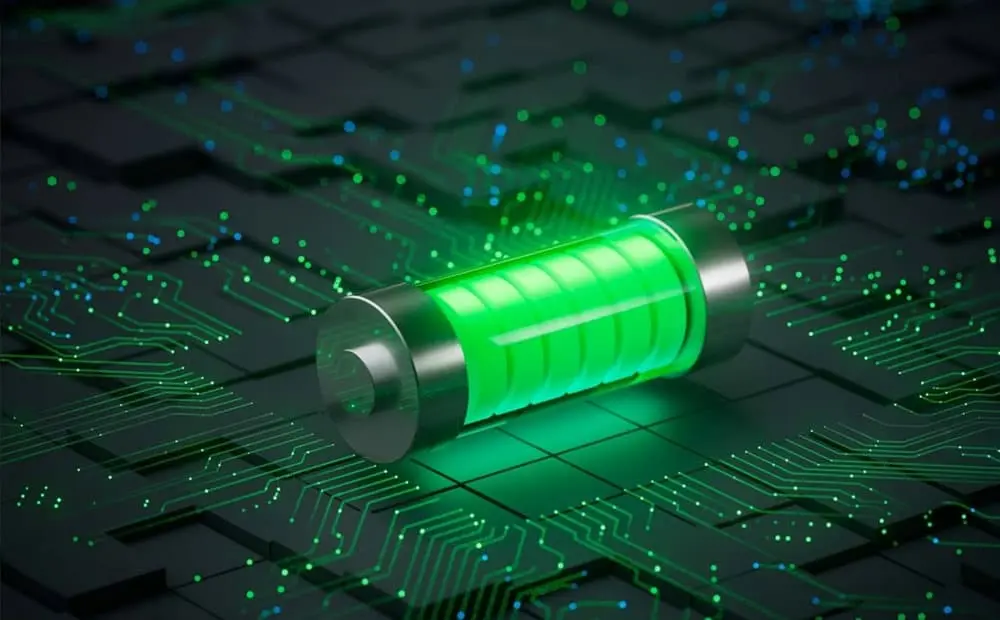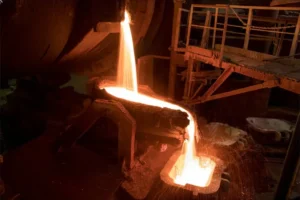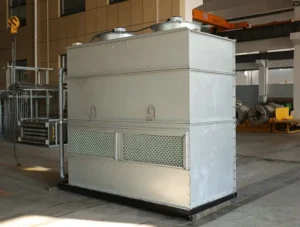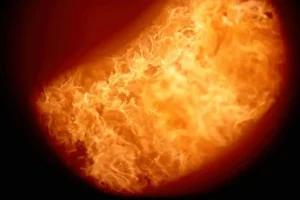Purchasing an induction furnace involves far more than just the initial equipment price. When making this significant investment, companies must look “below the iceberg” to evaluate the Total Cost of Ownership (TCO). This includes critical hidden costs such as civil engineering, electrical capacity upgrades, operator training, spare parts inventory, and long-term energy consumption. The sum of these hidden costs can sometimes rival the initial purchase price, profoundly impacting the company’s return on investment and long-term operational profitability.
1. Civil Engineering and Infrastructure
Unlike standard industrial machinery, induction furnaces have strict requirements for their installation environment. This upfront investment is a prerequisite for ensuring the equipment’s long-term stability, efficiency, and safe operation.
- Foundation and Platform Construction: Induction furnaces, especially medium to large melting furnaces, generate immense electromagnetic forces and mechanical vibrations during operation. Therefore, a dedicated reinforced concrete foundation, engineered to withstand these specific loads, is essential. The depth, strength, and design of this foundation require precise calculations by professional engineers. Additionally, the operating platform, furnace pit for tilting, and trenches for the cooling water system piping must be planned and constructed concurrently. This civil engineering work can represent a cost ranging from thousands to tens of thousands of dollars, depending on the furnace tonnage and site geological conditions.
- Separate Transformer and Control Rooms: The furnace’s power supply system (including transformers, capacitor banks, etc.) generates strong electromagnetic fields and significant heat. It must be housed in a specially constructed, well-ventilated, and electromagnetically shielded room. This is not only a matter of production safety but also necessary to prevent interference with other nearby electronic equipment. The control room requires a relatively clean and quiet environment for operators to effectively monitor operations.
- Cooling System Layout: The induction coil and power supply cabinet of the furnace require an efficient cooling system (typically water-cooled). This necessitates the planning and construction of cooling towers, pump stations, circulation ponds, and the associated piping network connecting all components. The complexity and cost of this system are directly proportional to the furnace’s power rating and capacity.
2. Electrical Capacity Upgrade
Induction furnaces are true “power hogs” with massive instantaneous power demands. In the vast majority of cases, a facility’s existing electrical grid capacity is insufficient to meet the operational requirements of a new furnace.
- High Costs of Capacity Upgrades: Applying for an electrical capacity upgrade from the local utility is a complex and expensive process. The costs cover the installation of new high-voltage lines, the purchase and installation of a large-capacity transformer, and related switchgear and compensation cabinets. This one-time investment can range from tens of thousands to hundreds of thousands of dollars and is a critical cost that must be evaluated and budgeted for before purchasing the furnace.
- Power Quality Requirements: The non-linear load characteristics of an induction furnace can introduce harmonic distortion into the power grid, affecting power quality. Depending on local grid codes, the company may need to invest in additional equipment like filters or power factor correction units to meet grid connection standards, adding another significant expense.

3. Operator and Maintenance Training
Advanced equipment requires a skilled team to operate it. The skill level of operators and maintenance personnel directly determines the furnace’s production efficiency, service life, and operational safety.
- Initial Operator Training: Equipment suppliers typically provide basic operator training. However, this training is often short and covers only the fundamentals. The company must ensure its operators have truly mastered the entire process, from furnace startup, melting, temperature measurement, and composition adjustment to pouring, as well as emergency procedures for handling abnormal situations.
- In-depth Maintenance Training: To reduce reliance on the supplier and lower long-term maintenance costs, companies should consider sending key personnel (electrical and mechanical engineers) to more advanced maintenance training. This includes learning the equipment’s electrical principles, hydraulic systems, cooling systems, and skills for daily inspections, fault diagnosis, and replacing wearing parts. This investment in training will pay significant dividends in the future through in-house repairs and reduced downtime.
- Safety Awareness Training: A melting workshop is a high-temperature, high-voltage, and strong-electromagnetic-field environment. Targeted safety training is crucial, covering protection against molten metal splash, emergency power-off procedures, and handling of cooling water anomalies. This is fundamental to preventing serious accidents.
4. Spare Parts
No equipment is immune to failure. Establishing a reasonable inventory of spare parts is key to minimizing downtime and ensuring production continuity.
- Stocking Critical Spare Parts: For an induction furnace, certain critical components with long lead times—such as thyristors (SCRs), IGBT modules, capacitors, and main control boards—can cause prolonged production shutdowns if they fail. Although expensive, strategically stocking these key parts is a wise risk-mitigation measure.
- Inventory of Common Consumables: Other items like refractory lining materials (ramming mix, castables), insulation for the induction coil, water-cooled cables, and various seals are considered regular consumables or wearing parts. Companies need to establish a reasonable minimum stock level based on equipment usage frequency and supplier recommendations to ensure timely routine maintenance.
- Inventory Management Costs: Creating a spare parts depot also ties up capital and incurs warehousing and management costs. Therefore, companies need to find the right balance.
5. Long-Term Electricity Costs
Electricity is the single largest ongoing expense throughout the life cycle of an induction furnace. While the energy efficiency rating of the equipment itself is important, the actual electricity cost is influenced by several factors.
- Specific Energy Consumption (kWh/ton): This is the core metric for measuring the energy efficiency of an induction furnace. During the selection phase, companies should carefully compare the specific energy consumption of different brands and models. Even a difference of just a few dozen kWh per ton of molten metal will accumulate into a massive cost differential over time.
- Power Factor: The power factor directly affects the efficiency of electrical energy utilization. Advanced power supply systems can achieve a higher power factor, reducing reactive power losses and thereby lowering electricity bills.
- Production Scheduling Optimization: Sensible scheduling of production shifts to take advantage of time-of-use electricity pricing—melting during off-peak hours (like at night) when rates are lower—can lead to significant cost savings. Continuous production, compared to intermittent operation, also effectively reduces the energy consumed for preheating and holding the furnace at temperature.
Conclusion
In summary, when evaluating an investment in an induction furnace, a company must not be swayed by the purchase price alone. A comprehensive TCO analysis that incorporates all related costs—civil engineering, electrical infrastructure, training, spare parts, and energy consumption—is necessary to paint a true and reliable investment picture. This deep insight, which looks beyond the machine itself, not only helps companies make smarter purchasing decisions but also serves as a cornerstone for achieving cost control and enhancing long-term profitability in a competitive market. Prudent upfront planning and investment will inevitably translate into efficient, stable, and economical productivity down the line.







